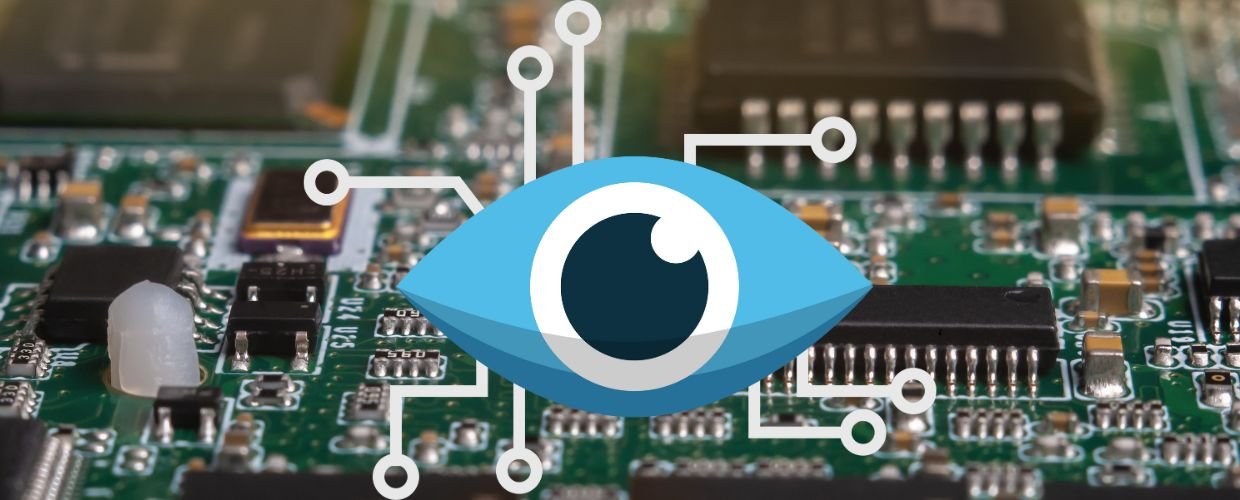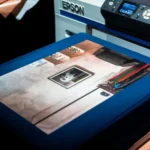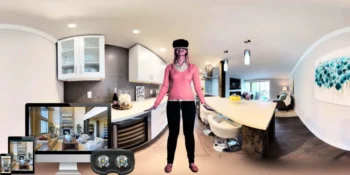In an increasingly digital world, where information is often conveyed through visual means, the role of graphics has grown exponentially. Embedded graphics have emerged as a transformative force from smartphones to medical devices, enhancing user interfaces and facilitating information communication. This opinion delves into embedded graphics, their evolution, their influence on modern technology, and the imperative for their continued advancement.
Crafting Visual Narratives
Embedded graphics refer to visual elements, such as images, icons, and user interfaces, that are seamlessly integrated into electronic devices. These graphics convey information, enabling users to interact with devices intuitively and efficiently. Embedded graphics encompass everything from the graphical user interfaces (GUIs) on smartphones to automobile infotainment displays, transforming complex data into accessible visual narratives.
Consider a dashboard display in a modern car—a prime example of in action. The display presents critical information such as speed, fuel level, and navigation directions in a visually appealing and easily digestible manner. This visual layer enhances the driver’s experience by providing vital information without overwhelming the senses.
Multidimensional Impact of Embedded Graphics
Embedded graphics are more than just aesthetic elements; they are pivotal in shaping user experiences and interactions with technology. From gaming consoles to medical devices, these graphics influence how we engage with devices, influencing emotions, perceptions, and decisions.
Consider a smartphone’s user interface—a carefully designed amalgamation of embedded graphics that transforms a slab of glass and metal into a gateway to a digital world. It creates an immersive experience that connects users to various applications, services, and information through icons, animations, and responsive touch interactions.
Landscape of Embedded Graphics
Embedded graphics are not just products of technology; they result from a harmonious interplay between design principles and engineering expertise. Graphic designers work alongside engineers to craft visuals communicating information effectively and aligning with the device’s aesthetics and functionality.
Consider a fitness tracker—an example that conveys health and activity data. The visual elements on the tracker’s display must be legible in various lighting conditions, and the interactions must be intuitive for users of all ages. The design process involves creating graphics that seamlessly integrate with the device’s hardware and contribute to an exceptional user experience.
Challenges and Triumphs
While embedded graphics have reshaped the way we interact with technology, their implementation is not without challenges. One key hurdle is optimizing graphics for various device specifications, such as screen sizes and resolutions. Designers must ensure that graphics are adaptable and visually appealing across various devices, from small wearables to large smart TVs.
Moreover, the demand for more sophisticated and visually rich graphics increases as technology advances. Enhancing graphical capabilities while maintaining efficient power consumption and performance requires continuous effort. The delicate balance between visual quality and resource consumption is a constant challenge that calls for innovation and expertise.
Redefining Visual Engagement
As we look to the future, the vision is clear—embedded graphics are poised to redefine how we engage with technology. Their role in augmented reality (AR), virtual reality (VR), and mixed reality (MR) experience positions them as drivers of immersive environments that blend the physical and digital realms.
Imagine a world where embedded graphics seamlessly integrate with our surroundings, overlaying digital information onto the physical world through AR glasses. Envision immersive gaming experiences that blur the line between reality and virtual worlds, facilitated by embedded graphics that respond to our movements and interactions. These possibilities become attainable when we push the boundaries of visual engagement.
Conclusion
Embedded graphics are not just pixels on a screen—they are a means of communication, a tool for expression, and a bridge that connects humans to technology. By blending art and science, designers and engineers collaborate to create visuals that transcend aesthetics and serve as conduits for understanding, navigation, and enjoyment.
In a world where information overload is a reality, the importance of embedded graphics cannot be overstated. Through collaboration, innovation, and a commitment to user-centered design, we can continue to harness the potential of embedded graphics, transforming technology into a seamless extension of ourselves. As we continue to innovate, let us recognize that the brushstrokes paint the canvas of our digital experiences, enriching our lives in ways beyond the screen.










